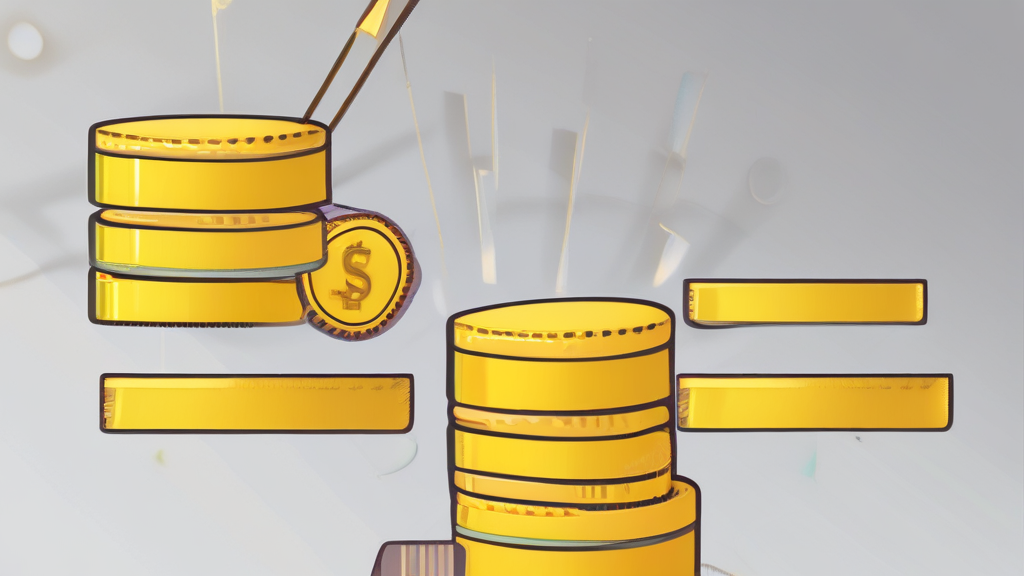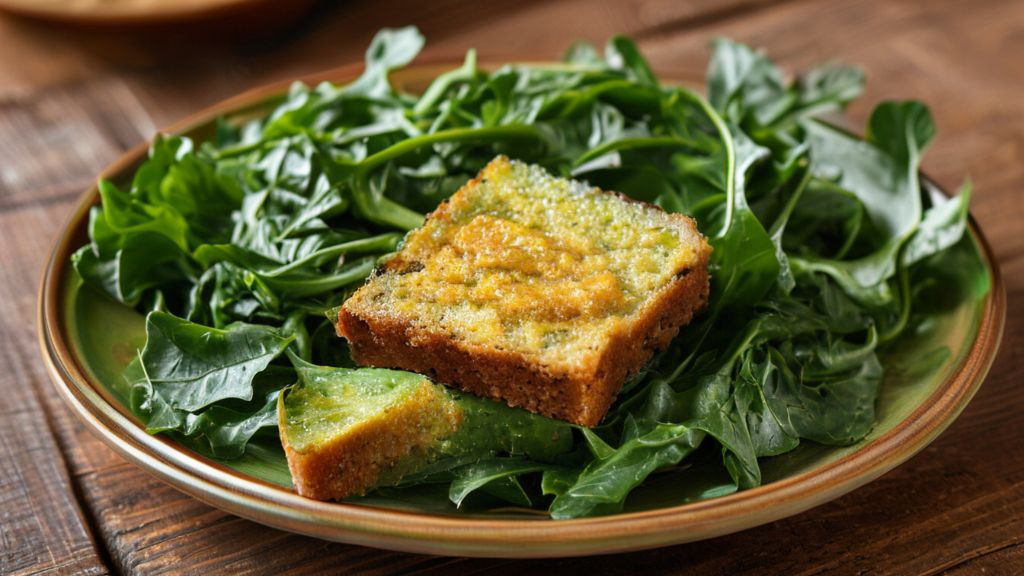Unlocking Passive Income: Can You Really Sell Blank Books on Amazon?
Unlocking Passive Income: Can You Really Sell Blank Books on Amazon?
Is Passive Income from Blank Books on Amazon Too Good to Be True?

You know, you hear these stories, right? People making thousands of dollars every single month in passive income just by selling blank books on Amazon. I mean, one person even shared they received four thousand three hundred thirty-three dollars in royalties ! Another is apparently doing $78,000 a month on Amazon KDP , which is just wild to think about. It sounds pretty amazing, generating a decent income every single month with seemingly minimal effort, right? But here’s the thing, is it really true? Is this whole passive income from empty books on Amazon thing too good to be true ? That’s exactly what I wanted to find out.
So, I decided to put it to the test myself . The goal was to make and sell my own low-content book , and I set up some ground rules to make it a true experiment. First off, I wasn’t allowed to write a single sentence in the book . Yep, completely blank pages or just simple templates. Secondly, I had to do the entire process right from my laptop . No fancy equipment needed. And finally, I challenged myself to finish the whole thing in less than an hour . It might sound a bit ambitious, but hey, that’s part of the fun! Let’s see if this seemingly easy path to passive income actually works.
How Do You Actually Create a Blank Book Without Writing a Single Word?

Alright, so the first step in this little adventure was finding a way to actually create a blank book without, well, writing anything . I needed some easy-to-use software , and after looking around, Book Bolt seemed like the most straightforward option, especially for someone like me who isn’t exactly a computer design whiz . Once I was logged in, it was time to figure out what kind of book to create . There are lots of options, you know, like notebooks, journals, and diaries , but guessing didn’t feel smart.
This is where the magic of software comes in. I used Book Bolt’s research tab to see what was actually popular . After searching through products and keywords, it became pretty clear that planners sell very well . While I was on a tight time limit for this experiment , you could definitely spend more time researching to find little niches and gaps in the market . What’s great about planners is they’re evergreen , meaning they should sell well all year round, unlike something seasonal like a specific year’s planner . There are other evergreen options too, like manifestation, prayer, and dream journals . Ideally, you want a book with a high search volume, low competition, and high monthly sales . Now, here’s a surprising fact: even with a lot of competing products, like there are with planners , it doesn’t automatically mean you can’t make sales . High competition can actually mean a massive market exists , which is a good thing once you get some traction .
Next up was designing the cover . I named my project ‘Daily Planner’ to keep things simple . I went with the standard 6×9 paperback size and kept the bleed option on for the best print result . Since it was a yearly planner, I set it at 365 pages long , though for other books, around 100 pages is often better to reduce printing costs . You work with two sides in the design interface: the front cover on the right and the back on the left . This is where you add personality ! A crucial point here: absolutely avoid copyrighted photos . Luckily, Book Bolt integrates with Pixabay, which has thousands of copyright and royalty-free images you can use . I decided to go for a simple, black, minimalistic look for my planner , dragging a dark background to fit the cover and expanding it slightly to make sure it printed correctly . To potentially boost sales even more, it’s a smart idea to create a brand for these books , so I used my existing podcast brand, ‘Strike It Big’ . I added my heading and looked for some imagery on Pixabay . While my design might not have been the fanciest due to the time limit , the point is, you can create something effective even without strong design skills .
Now for the inside of the book ! This is where the “blank” part comes in, or rather, the “low-content” part. By clicking an icon and selecting ‘#planner’, I got a ton of different template options for the inside pages . This is the key: I didn’t have to write a single sentence ! You can create as many pages as you need , making them all the same or unique . Since mine was a planner, I needed something designed for scheduling and goals . There are so many options, but I settled on one that allowed planning down to the hour and added some extra pages for notes . That was pretty much it for the inside . While I whipped this up quickly , imagine what you could create with a little more time and planning !
Getting Your Blank Book Live on Amazon KDP: The Nitty-Gritty

Okay, the creation part was done, and the moment had arrived: getting the book live on Amazon KDP . This is where the publishing magic happens . Signing up is free , which is fantastic, and even better, you don’t need to make a minimum amount of sales to get paid . The royalties start coming in monthly, 60 days after the month of your first sale . So, if your first sale is in May, you’d get paid around the end of July . Back in Book Bolt, I selected ‘download current project CMYK’ , which conveniently splits the book into two files: one for the interior and one for the cover . You’ll need both for KDP .
Then it was off to the Amazon KDP site . What’s really cool is that Amazon only prints your book when someone orders it , so you don’t lose any money if it doesn’t sell . No need to buy stock upfront ! You fill out the usual details like your name, address, and how you want to get paid . On the home page, I just hit ‘create’, selected ‘paperback’, and started filling in all the necessary details . And you know what felt pretty amazing? Getting to list myself as an author . My teachers might not believe it , especially looking at my simple cover and the lack of content , but hey, it happened!
Now, putting in the right details is super important. You need a title . I went back to Book Bolt’s research tab and used the cloud feature to see the top 100 bestsellers in the planner category . This gave me a ton of info on what titles were working . So, I called mine ‘Strike It Big Daily Productivity Planner‘ because those keywords seemed popular . For the description, I did a similar thing, searching on Amazon for popular ones and writing something similar . Here’s something interesting and a big reason why people might not get sales: they don’t use tags correctly . I used Book Bolt’s keyword tool to find out exactly what people were searching for most on Amazon and Google related to daily planners . You can use up to seven tags , so picking the ones with high search volume is key . Another neat trick to help your book get found on Amazon is choosing categories that aren’t as popular , which can help you rank higher . The rest of the setup page is pretty straightforward . Make sure you select ‘publish without ISBN‘ because an ISBN isn’t needed for low-content books like planners and diaries . Before hitting publish, it’s crucial to preview your book . It might take a little while to load , but trust me, making sure everything looks perfect is totally worth the wait .
Finally, setting the price ! I decided to go with $14.99 . At that price, I would make $3.69 per sale . Remember, there’s no risk here because Amazon only prints when an order comes in . Once Amazon checks everything over, your book goes live and is ready for sales . Pretty cool, huh?
The Moment of Truth: Did the Blank Book Actually Sell?
So, after all that, the big question: did the blank book actually sell? It was a couple of weeks later when I checked in, and I have some good news ! The book took about 72 hours to be approved , and for the first three days, it was crickets – zero sales . I’ll be honest, I thought maybe this whole idea was a bust . But then something crazy happened on the fourth day . We made our first sale ! You know, I’ve made millions with my businesses, but honestly, getting that first book sale felt absolutely brilliant . It was a real moment of “hey, this actually works!”
At the time of checking, we were sitting at 10 books sold . That brought in a total of $149.90 . Now, that’s not the profit yet, right? You have to factor in Amazon’s costs, which came out to $113 . I also used the free trial of Book Bolt’s Newbie membership , which normally costs $9.99 . They even hooked me up with a discount code (Mark Tilbury) if you want to get 20% off the membership . Taking all that into account, the total profit from those 10 sales was $26.91 . Now, $26.91 might not sound like a fortune , but think about this: I made that book so quickly, and it was already making around twenty-seven dollars per week .
This is where the potential for scaling comes in . Imagine if you had not just one book, but maybe 20 different books ? And imagine if those books started getting reviews and making just 10 sales each day . You could seriously scale this side hustle and potentially make thousands every single month if you really put your mind to it. It shows that even with minimal effort and a simple idea, you can start generating a passive income stream.





